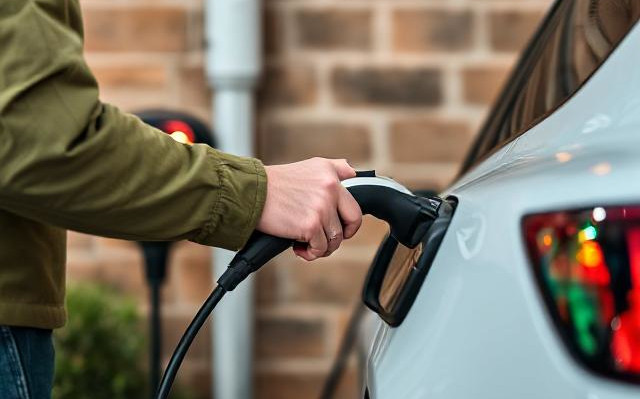What is a Home Charger or Charging Station? What is it's role in the context of EV charging? This is a simple, high-level overview of a charger and its role.

A home charger for electric vehicle (EV) users is a device that allows you to charge your EV conveniently at your residence. Here's an overview of its role:
Installing a home charger on your property can be simple and come with a number of additional benefits:
Most home chargers are designed to be compact and lightweight, often about the size of a small appliance or toolbox. This makes them easy to mount on a wall indoors or outdoors without taking up much space.
They contain essential components like circuit boards, connectors, and safety features but are streamlined to keep the unit small and unobtrusive.
Home chargers are built to meet common electrical standards (like 120V or 240V outlets). They typically connect to existing household wiring, often requiring just a dedicated circuit.
Many chargers come with straightforward mounting hardware and easy-to-connect cords, allowing licensed electricians to install them quickly.
Most residential chargers are designed to operate within standard household electrical systems, reducing the complexity and time needed for installation.
Professional installers follow safety codes and standards, ensuring the charger is properly grounded and configured, which simplifies the process.
Installing a dedicated EV charger signals that the home is EV-ready, appealing to environmentally conscious or tech-savvy buyers.
As EV adoption grows, homes with built-in charging capability are more attractive, potentially increasing resale value.
Homeowners save time and money by charging conveniently at home, which can be a selling point.
Some regions offer tax credits or incentives for installing EV chargers, adding financial value to the property.
Overall, a home charger is a key accessory for EV owners, making daily charging more practical, efficient, and cost-effective.